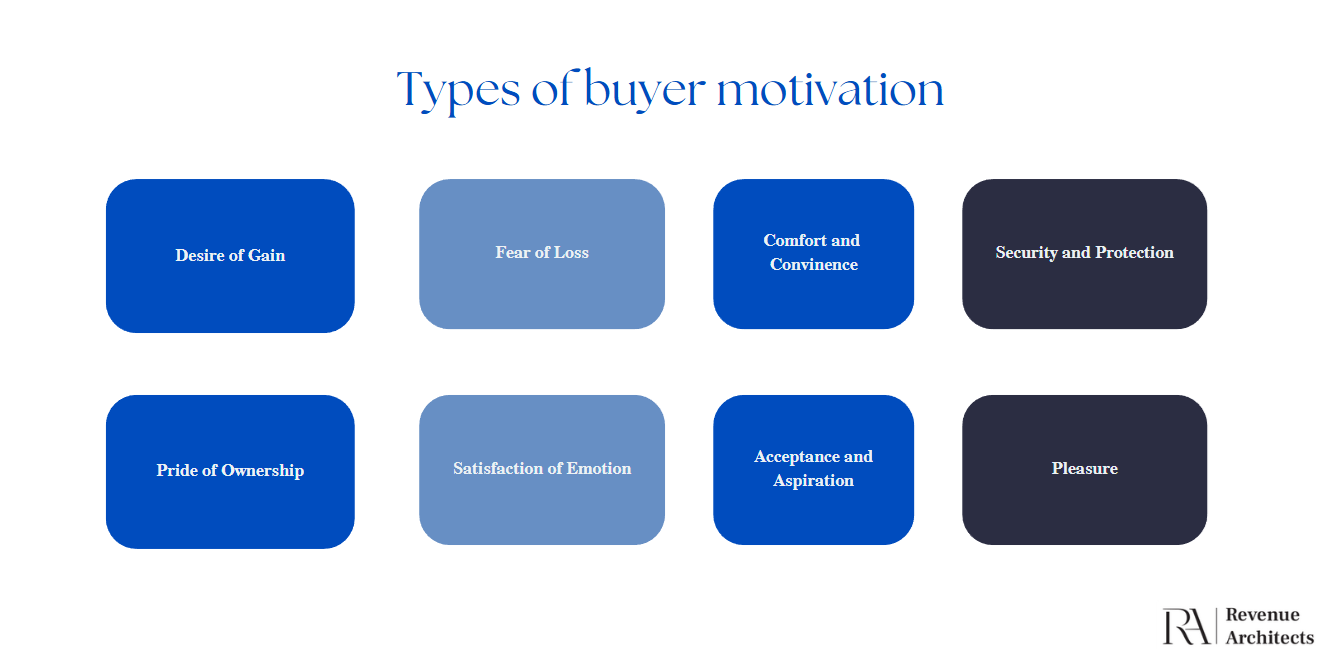Understanding the psychology of your high-value buyers is crucial for driving sales success. By tapping into the principles of human behavior, sales professionals can connect more deeply with prospects, address their needs effectively, and guide them toward a purchasing decision. One effective way to leverage psychology in sales is by focusing on emotional and cognitive triggers that influence decision-making.
Emotions play a significant role in purchasing decisions. Buyers often rely on feelings rather than logic, making it essential to appeal to their emotions. Techniques such as storytelling, empathetic communication, and creating a sense of urgency can evoke emotional responses. For example, framing a product as a solution to a problem helps prospects feel understood and valued.
Trust is foundational in sales psychology. Prospects are more likely to engage with a brand or product when they perceive the seller as reliable and authentic. Strategies for building trust include showcasing customer testimonials, demonstrating expertise, and delivering on promises. For instance, a case study highlighting how a similar client achieved measurable results with your solution can instill confidence in potential buyers.
Social proof is a psychological phenomenon where people look to others to determine appropriate behavior. In sales, showcasing testimonials, case studies, or statistics can reassure prospects about the value of your product. If a well-known company uses your solution to achieve success, potential buyers are more likely to trust it.
Another psychological trigger that can drive sales is the fear of missing out (FOMO). Limited-time offers or exclusive deals create a sense of urgency, encouraging buyers to act quickly. For instance, emphasizing that a discount expires within 24 hours can prompt immediate action.
Personalization is a key element in leveraging psychology for sales. When buyers feel that a product or service is tailored to their specific needs, they are more likely to engage. Using personalized messaging, addressing buyers by name, and referencing their unique pain points fosters a stronger connection. For example, instead of sending generic outreach emails, SDRs can create customized pitches based on a prospect’s previous interactions or industry challenges.
A high-value buyer is a customer who significantly impacts your business’s bottom line. These buyers generate more profit and bring more business than the average customer. But what sets them apart?

Engaging high-value buyers helps to steady your revenue and lower those pesky customer acquisition costs. When you keep these loyal customers happy, you not only ensure a reliable income but also create a solid base for lasting growth. Recognizing and caring for these special buyers is truly essential for a thriving business strategy.
Understanding what drives buyers to purchase is essential for crafting compelling sales strategies. Let’s explore the primary types of buyer motivation and how to identify them.

To uncover the motivations of your buyers, use the following methods:
You can tailor your sales approach to resonate with each buyer’s unique preferences by identifying the underlying motivations.
Sales Development Representatives (SDRs) are pivotal in initiating customer relationships. Understanding psychology enables SDRs to navigate barriers, ask relevant questions, and handle objections effectively. Let’s explore practical applications of psychological insights for cold calling.
Customers often approach sales interactions with skepticism. SDRs need to recognize these barriers, including fear of commitment, lack of trust, or resistance to change. By addressing these concerns empathetically, SDRs can create a more welcoming and productive dialogue.
Cognitive bias refers to systematic errors in thinking that occur when our brains try to process information and make decisions quickly. These biases are mental shortcuts—often called heuristics—that help us navigate complex situations but can sometimes lead to flawed judgments. In sales, understanding and leveraging cognitive biases can be a powerful tool to influence decision-making and guide prospects toward choosing your solution.
Reciprocity Bias
Definition: People feel compelled to return a favor when they receive something of value.
Example: Offering a free, personalized report or valuable resource (e.g., “Here’s a report on optimizing your workflow”) can prompt prospects to engage further.
Social Proof
Definition: Individuals look to others to validate their decisions.
Example: Sharing testimonials or success stories from reputable companies (e.g., “[Big Brand A] increased revenue by 30% using our solution”) builds trust.
Anchoring Bias
Definition: Initial exposure to a high number influences subsequent perceptions of value.
Example: Presenting a premium product first (e.g., “Our enterprise package is $50,000 annually”) makes mid-tier options seem more appealing in comparison.
Loss Aversion Bias
Definition: People prefer avoiding losses over acquiring equivalent gains.
Example: Highlighting potential losses from not using a product (e.g., “Companies not adopting this tool miss out on saving 20% annually”) motivates action.
Understanding buyer motivations allows SDRs to craft questions that reveal prospects’ needs and preferences. For example:
Such questions demonstrate empathy and position the SDR as a problem-solver rather than a salesperson.
Objections are a natural part of the sales process. By applying psychological principles, SDRs can reframe objections as opportunities:
If you want to learn more about this specific topic, check out our course with the 36 most common objections and ways to handle them.
To maximize their impact, SDRs should invest in ongoing sales psychology training. Courses and workshops tailored to their industry can provide actionable techniques, real-world examples, and interactive scenarios to refine their skills.
Grasping the psychology of high-value buyers can significantly boost SDR success. Although psychology is intricate, concentrating on practical aspects such as identifying buyer motivations, fostering trust, and utilizing cognitive biases can produce quick outcomes. To accelerate your team’s success, consider enrolling in specialized training programs customized to your industry. These programs incorporate real-world examples and engaging strategies that transform psychological insights into practical sales methods.
Growthnetix OÜ
Harju maakond Kesklinna
linnaosa, Ahtri tn 12, 10151
Tallinn, Estonia
VAT number: EE102550717